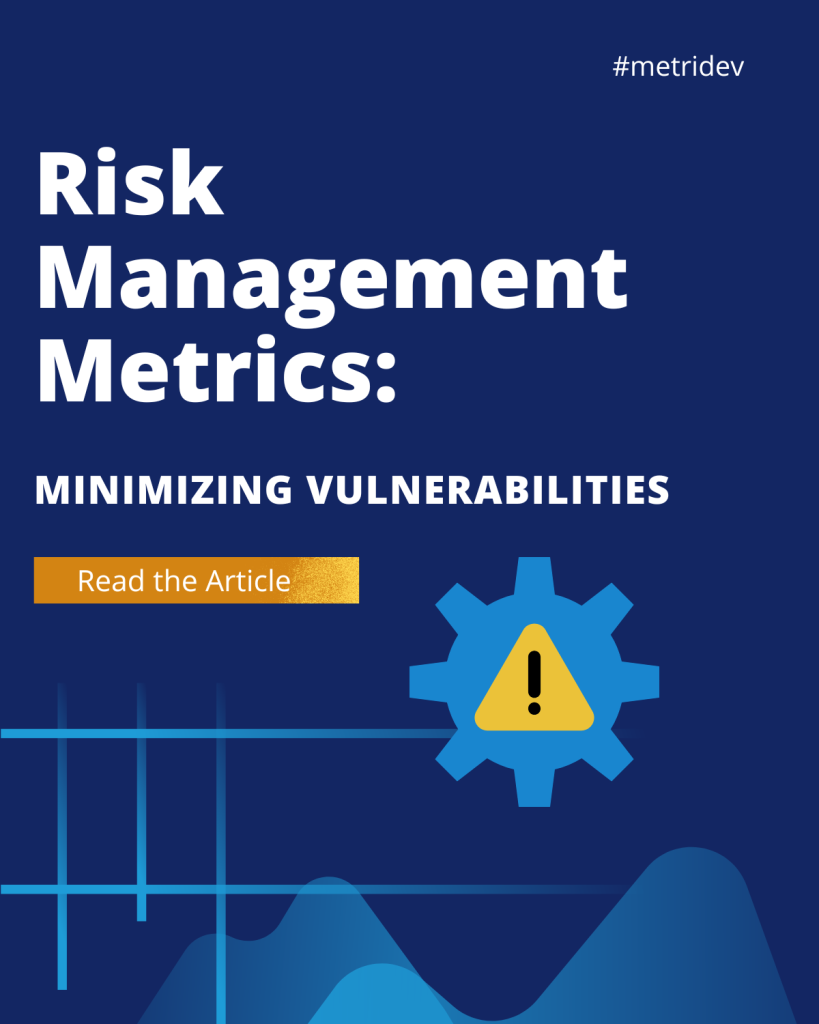Introduction
In the dynamic world of business, financial management plays a crucial role in determining an organization’s success. One often overlooked aspect of financial performance is the treatment of software development costs. Capitalized development costs, a strategic accounting practice, can have a significant impact on a company’s financial statements and overall financial health. This article delves into the intricacies of capitalized development costs, exploring their advantages, the process of capitalization, and the best practices for implementation.
Understanding Capitalized Development Costs
Capitalized development costs refer to the expenses incurred during the development of a new product or the enhancement of an existing one. These are recorded as assets on the company’s balance sheet rather than being immediately expensed. This approach allows organizations to spread the cost of development over the useful life of the asset. Therefore, it can potentially improve financial metrics such as net income and cash flow.
Can Development Cost be Capitalized?
The ability to capitalize development costs is subject to specific criteria set forth by accounting standards. For instance the International Accounting Standards (IAS) 38 and the Generally Accepted Accounting Principles (GAAP) in the United States. These standards outline the conditions under which development costs can be capitalized. These include the technical feasibility of the project, the intention to complete and use the asset, the availability of resources to do so. Moreover, the ability to reliably measure the expenditures.
The Advantages of Capitalizing Software Development Costs
Capitalizing software development costs can provide several benefits for organizations:
- Improved Financial Metrics. By spreading the development costs over the useful life of the asset, companies can report higher net income and improved cash flow in the short term. This can potentially enhance their financial performance and appealing to investors.
- Alignment with Revenue Generation. Capitalizing development costs helps align the expenses of creating a revenue-generating asset with the period in which the asset is expected to generate revenue. This provides a more accurate representation of the company’s financial position.
- Tax Advantages. In some jurisdictions, capitalized development costs may be eligible for tax deductions, further improving the company’s overall financial position.
- Enhanced Decision-Making. The process of capitalizing development costs requires a thorough understanding of the project’s viability and the expected useful life of the asset. It can inform strategic decision-making and resource allocation.
How to Determine What Costs Can be Capitalized
Determining which development costs to capitalize is a critical step in the process. Generally, costs that directly attribute to the development of the asset. For example labor, materials, and overhead expenses, may be eligible for capitalization. Organizations typically expense research, maintenance, or training expenses as they incur them. Careful documentation and adherence to accounting standards are essential to ensure the appropriate treatment of development costs.
What is Included in Capitalized Cost?
The capitalized cost of software development typically includes the following:
- Direct labor costs (e.g., salaries and benefits of developers)
- Materials and supplies used in the development process
- Third-party services and consultants engaged for the project
- Allocated overhead costs (e.g., rent, utilities, IT infrastructure)
- Depreciation of equipment and tools used in the development

The Process of Capitalizing Software Development Costs
The process of capitalizing software development costs involves several steps:
- Identification. Determine which development projects meet the criteria for capitalization, such as technical feasibility and the ability to generate future economic benefits.
- Cost Tracking. Establish a system to accurately track and document all eligible costs associated with the development project.
- Capitalization. Record the capitalized costs as an asset on the company’s balance sheet, amortizing the asset over its estimated useful life.
- Ongoing Monitoring. Regularly review the capitalized asset for any impairment or changes in the expected useful life, adjusting the amortization schedule as necessary.
The Impact of Capitalized Development Costs on Financial Performance
Capitalizing software development costs can have a significant impact on a company’s financial performance. By spreading the costs over the useful life of the asset, organizations can report higher net income and improved cash flow in the short term. As a result, they potentially enhance their financial metrics and appealing to investors. However, it’s important to note that the long-term impact of capitalization on financial performance may vary depending on the nature of the project, the accuracy of cost allocation, and the asset’s useful life.
Common Challenges
While capitalizing software development costs can offer numerous benefits, it is not without its challenges. Firstly, accurately identifying which development costs meet the criteria for capitalization can be complex, particularly when dealing with projects that involve both research and development activities. Additionally, establishing a robust system to track and document all eligible costs can be time-consuming and may require additional resources. Moreover, estimating the useful life of the capitalized asset and determining the appropriate amortization schedule can be subjective and may require regular review and adjustment. Furthermore, ensuring compliance with relevant accounting standards, such as IAS 38 or GAAP, is crucial to avoid potential issues with financial reporting and audits.
Best Practices
To maximize the benefits of capitalizing software development costs, organizations should consider several best practices. Firstly, establishing clear policies and procedures is crucial. Developing a comprehensive set of policies and procedures that outline the criteria for capitalization. Also the cost tracking requirements, and the amortization guidelines provides clarity and guidance. Additionally, investing in a robust cost tracking system that can accurately document all eligible development costs simplifies the capitalization process.
Moreover, fostering close collaboration between the development and finance/accounting teams ensures a seamless and compliant capitalization process. Furthermore, implementing a process to regularly review capitalized assets for any impairment or changes in the expected useful life. As well as adjusting the amortization schedule as necessary, is essential for accuracy and compliance. Lastly, consulting with accounting and tax professionals to ensure that the capitalization process aligns with relevant accounting standards and tax regulations. This provides expert guidance and reduces the risk of errors.

The Differences between Capitalized and Expensed Development Costs
The key differences between capitalized and expensed development costs lie in their treatment on the financial statements and their impact on financial performance:
- Balance Sheet Treatment. On the balance sheet, we record capitalized development costs as assets. On the other hand, we recognize expensed costs as expenses on the income statement.
- Timing of Recognition. We amortize capitalized costs over the useful life of the asset. We recognize expensed costs in the period in which they are incurred.
- Impact on Financial Metrics. Capitalizing development costs improves short-term financial metrics, such as net income and cash flow, while expensing costs have a more immediate impact on these metrics.
What R&D Expenses Can be Capitalized?
According to accounting standards, certain types of R&D expenses may be eligible for capitalization. Firstly, costs incurred during the development phase of a project, such as the design, construction, and testing of a prototype or model, are eligible. Furthermore, organizations can capitalize expenditures related to the development of computer software, including coding, testing, and configuring the software. Moreover, costs associated with the acquisition or internal development of intangible assets, such as patents, copyrights, or trademarks, are also eligible for capitalization. However, organizations typically expense expenses related to the research phase, such as investigating new knowledge or exploring alternative solutions, as incurred.
Can Development Costs be Amortized?
Yes, capitalized development costs can be amortized over the useful life of the asset. Organizations typically determine the amortization period based on the expected period during which the asset will generate economic benefits. This process allows companies to spread the cost of the asset over the periods in which it is generating revenue, providing a more accurate representation of the company’s financial performance.
Conclusion
Capitalizing software development costs is a strategic accounting practice that can have a significant impact on a company’s financial performance. By understanding the criteria for capitalization, the advantages it offers, and the best practices for implementation, organizations can optimize their financial reporting and enhance their overall financial health.
Read our article Project Engineering Management: Key Strategies for Success and help your organization maximize ther management.








Leave a Reply